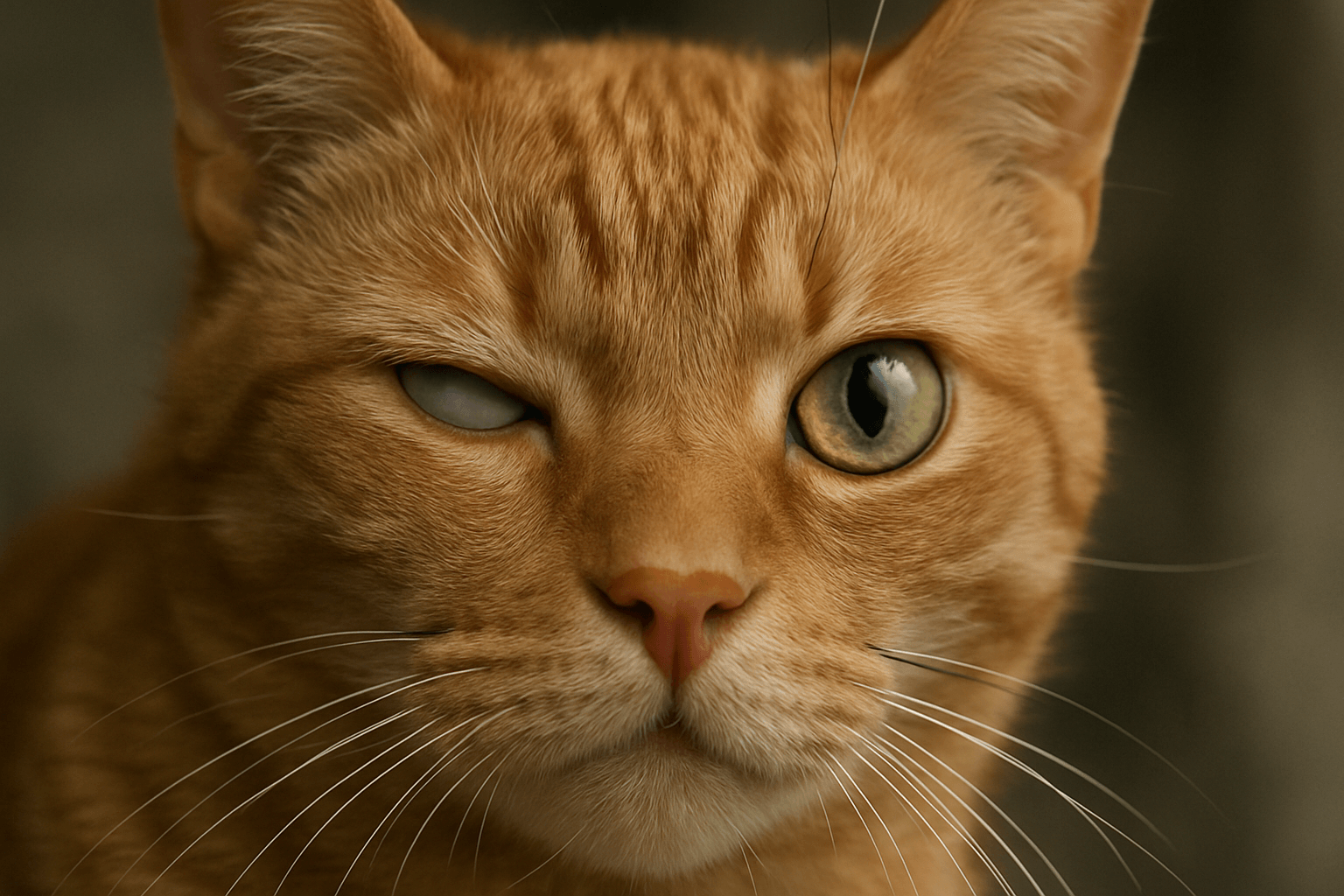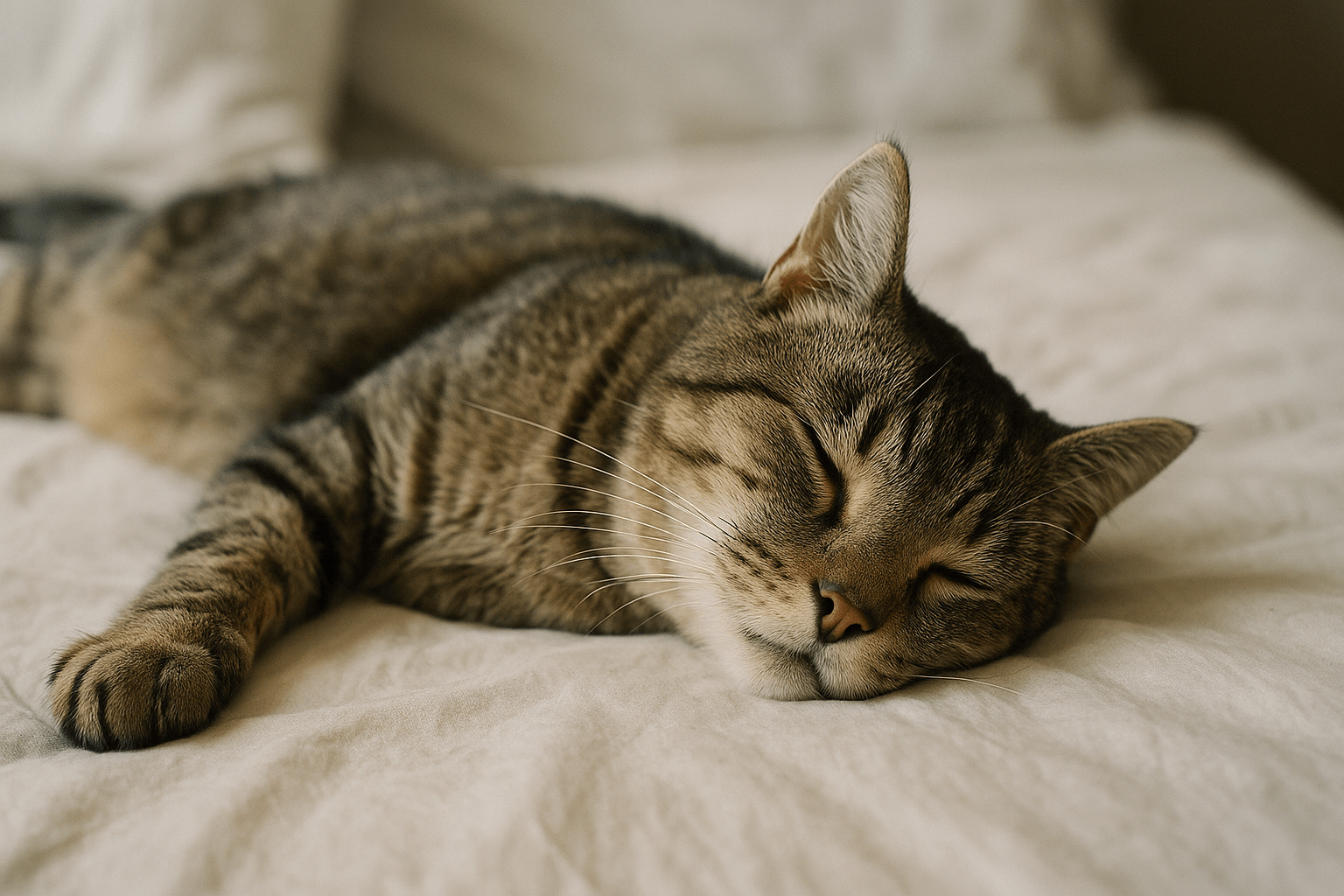Why Does My Dog Stare at the Wall?
Have you ever caught your dog staring intently at a blank wall and wondered what could possibly be going through their mind? While it might seem odd or even concerning, this behavior is more common than you think. Dogs have unique ways of interacting with their environment, and their reasons for staring at walls can range from curiosity to underlying health issues. Understanding why your furry friend engages in this behavior is key to ensuring their well-being and addressing any potential concerns. In this blog post, we’ll explore the possible causes, how to interpret this behavior, and what steps you can take to support your dog.
Common Reasons Why Dogs Stare at Walls
Dogs stare at walls for a variety of reasons, some harmless and others requiring closer attention. Here are the most common explanations behind this peculiar behavior.
Curiosity About Sounds:
Dogs have acute hearing and may detect faint noises, like pipes rattling or insects moving, that humans can’t hear. This curiosity draws their focus to the wall.Visual Fixation:
Shadows, reflections, or small movements on the wall can captivate a dog’s attention, especially if they’re visually stimulated by light changes.Boredom or Lack of Stimulation:
When dogs lack mental or physical stimulation, they may fixate on random objects, including walls, as a way to entertain themselves.Compulsive Behavior:
Some dogs develop repetitive behaviors, such as staring at walls, due to anxiety, stress, or obsessive-compulsive tendencies.Medical Issues:
Conditions like seizures, cognitive dysfunction syndrome (CDS), or vision problems can cause a dog to stare at walls unexpectedly.
While many reasons are benign, it’s important to observe your dog’s overall behavior to rule out any underlying health concerns.

Signs Your Dog’s Wall-Staring Is Cause for Concern
Not all instances of wall-staring are harmless. Certain signs indicate that your dog’s behavior might stem from a medical or behavioral issue that requires attention.
Accompanying Symptoms:
If your dog seems disoriented, unresponsive, or confused after staring at the wall, it could signal a neurological issue like seizures or dementia.Changes in Routine:
Sudden shifts in behavior, such as increased wall-staring alongside lethargy or appetite loss, may point to an underlying health problem.Repetitive Patterns:
Frequent or prolonged wall-staring combined with other compulsive behaviors, like pacing or licking, may suggest anxiety or obsessive tendencies.Age-Related Decline:
Older dogs experiencing cognitive decline may exhibit staring as part of disorientation or memory loss.Physical Discomfort:
If your dog appears restless, paws at their ears, or shows signs of pain while staring at the wall, it could indicate discomfort or sensory issues.
Monitoring these signs helps you determine whether your dog needs veterinary evaluation or behavioral intervention.
Check this guide 👉 Why Does My Dog Bark in His Sleep? Best 7 Expert Tips!
Check this guide 👉 Why Your Dog Does Not Want to Walk: Best 7 Expert Tips!
Check this guide 👉 Why Is My Dog Swallowing So Much? Best 7 Expert Tips!
Behavioral Causes of Wall-Staring | Medical Causes of Wall-Staring |
|---|---|
Curiosity about sounds or shadows | Seizures or epilepsy |
Boredom or lack of stimulation | Cognitive dysfunction syndrome (CDS) |
Anxiety or stress | Vision or hearing impairments |
Obsessive-compulsive tendencies | Neurological disorders |
Attention-seeking behavior | Pain or discomfort in the body |
How to Address Wall-Staring Behavior
Once you’ve identified the possible cause of your dog’s wall-staring, there are several steps you can take to address or manage this behavior effectively.
Provide Mental and Physical Stimulation:
Engage your dog with interactive toys, puzzle feeders, or regular playtime to reduce boredom and redirect their focus.Create a Calming Environment:
Minimize stressors in your home, such as loud noises or sudden changes, to help your dog feel more secure and less likely to fixate on walls.Consult a Veterinarian:
If you suspect a medical issue, schedule a vet visit to rule out conditions like seizures, CDS, or sensory impairments.Train Redirected Focus:
Use positive reinforcement to teach your dog alternative behaviors, rewarding them when they shift their attention away from the wall.Monitor for Progress:
Keep track of your dog’s behavior over time to see if interventions are effective or if further action is needed.
By taking proactive steps, you can help your dog overcome or manage their wall-staring habit.
Preventing Excessive Wall-Staring in Dogs
Prevention is always better than cure, especially when it comes to managing unusual behaviors like wall-staring. These strategies can help keep your dog mentally and physically healthy.
Establish a Routine:
A consistent daily schedule, including feeding, walks, and playtime, provides structure and reduces anxiety-related behaviors.Introduce Enrichment Activities:
Rotate toys, introduce scent games, or set up obstacle courses to keep your dog engaged and entertained.Socialize Regularly:
Interaction with other dogs or people can prevent loneliness and boredom, which often contribute to fixated behaviors.Limit Isolation Time:
Avoid leaving your dog alone for extended periods, as isolation can lead to stress and unusual habits like wall-staring.Regular Health Check-Ups:
Schedule routine vet visits to catch any emerging health issues early, ensuring your dog stays happy and active.
With these preventive measures, you can minimize the likelihood of excessive wall-staring and promote a balanced lifestyle for your pet.
Additional Tips for Reducing Anxiety
If your dog’s wall-staring stems from anxiety or stress, these tips can help create a calmer environment and alleviate their unease.
Use Calming Products:
Consider pheromone diffusers or calming sprays to soothe anxious dogs during stressful situations.Stick to a Predictable Routine:
Consistency in feeding, walking, and bedtime schedules reassures dogs and reduces uncertainty.Provide Safe Spaces:
Designate a quiet area in your home where your dog can retreat when feeling overwhelmed.Practice Desensitization:
Gradually expose your dog to triggers that cause anxiety, rewarding calm behavior to build confidence.Engage in Relaxation Exercises:
Teach your dog basic relaxation techniques, such as settling on a mat, to help them cope with stress.
Reducing anxiety not only minimizes wall-staring but also improves your dog’s overall quality of life.
How Age Affects Wall-Staring Behavior
As dogs age, their behavior can change, and wall-staring may become more frequent. Understanding how aging impacts your dog helps you respond appropriately.
Cognitive Decline in Senior Dogs:
Older dogs may experience memory lapses or confusion, leading to behaviors like staring at walls.Increased Sensitivity to Sounds:
Aging can heighten auditory sensitivity, making dogs more reactive to faint noises they perceive in walls.Decreased Mobility:
Reduced activity levels in senior dogs may lead to boredom, increasing the likelihood of fixated behaviors.Vision or Hearing Loss:
Impaired senses can cause older dogs to rely more on environmental cues, sometimes misinterpreting them.Need for Extra Comfort:
Senior dogs benefit from softer bedding, predictable routines, and gentle interactions to ease transitions into old age.
Recognizing these age-related factors allows you to provide tailored care for your aging companion.
Fun Ways to Redirect Your Dog’s Focus
Redirecting your dog’s attention from wall-staring can be both fun and rewarding. These activities offer creative ways to engage your dog and break the habit.
Interactive Toys:
Puzzle toys or treat-dispensing gadgets challenge your dog’s mind and keep them occupied.Obedience Training Games:
Practice commands like “look” or “leave it” to reinforce focus redirection skills in a playful way.Scent Detection Games:
Hide treats around the house and encourage your dog to sniff them out, tapping into their natural instincts.Agility Courses:
Set up a mini agility course indoors or outdoors to channel your dog’s energy constructively.Fetch with a Twist:
Add variety to fetch by using different toys or incorporating tricks, keeping your dog mentally sharp.
These activities not only distract your dog from walls but also strengthen your bond through shared experiences.
Frequently Asked Questions About Dogs Staring at Walls
Is it normal for my dog to stare at walls?
Yes, occasional wall-staring is normal, especially if triggered by curiosity or external stimuli. However, frequent or prolonged staring might require attention.
Could staring at walls indicate a seizure?
In rare cases, yes. Episodes accompanied by unresponsiveness or repetitive movements should be evaluated by a vet.
How can I stop my dog from staring at walls?
Address underlying causes like boredom or anxiety by providing mental stimulation, physical activity, and a structured routine.
Does age affect this behavior?
Older dogs may stare at walls due to cognitive decline, which can be managed with veterinary guidance and environmental enrichment.
Should I punish my dog for staring at walls?
No, punishment won’t address the root cause and may increase anxiety. Instead, focus on understanding and redirecting the behavior positively.
Understanding and Supporting Your Dog’s Behavior
While watching your dog stare at a wall might initially seem puzzling, understanding the potential causes can help you respond appropriately. Whether it’s simple curiosity, boredom, or a sign of an underlying issue, paying attention to your dog’s behavior ensures their well-being. By providing enrichment, maintaining a routine, and seeking professional advice when needed, you can foster a happy and healthy environment for your furry companion. Remember, every dog has quirks—embracing them while addressing concerns strengthens the bond you share.
Why Is My Cats Second Eyelid Showing? Best 7 Expert Tips! Understand causes, health signs, and how to respond when your cat’s third eyelid becomes visible.
How Do I Know If My Cat Died Peacefully? Best 7 Expert Tips! Discover the quiet signs of a peaceful feline passing and find comfort in their final moments.
Cat Allergy Eyes: Best 7 Expert Tips! Discover why your eyes react to cats and learn proven strategies for relief—without giving up your feline friend.
Why Do Abyssinian Cat Colors Matter? Best 7 Expert Tips! Discover the genetics, rare hues, and care secrets behind Abyssinian coat colors for a healthier, happier cat.





